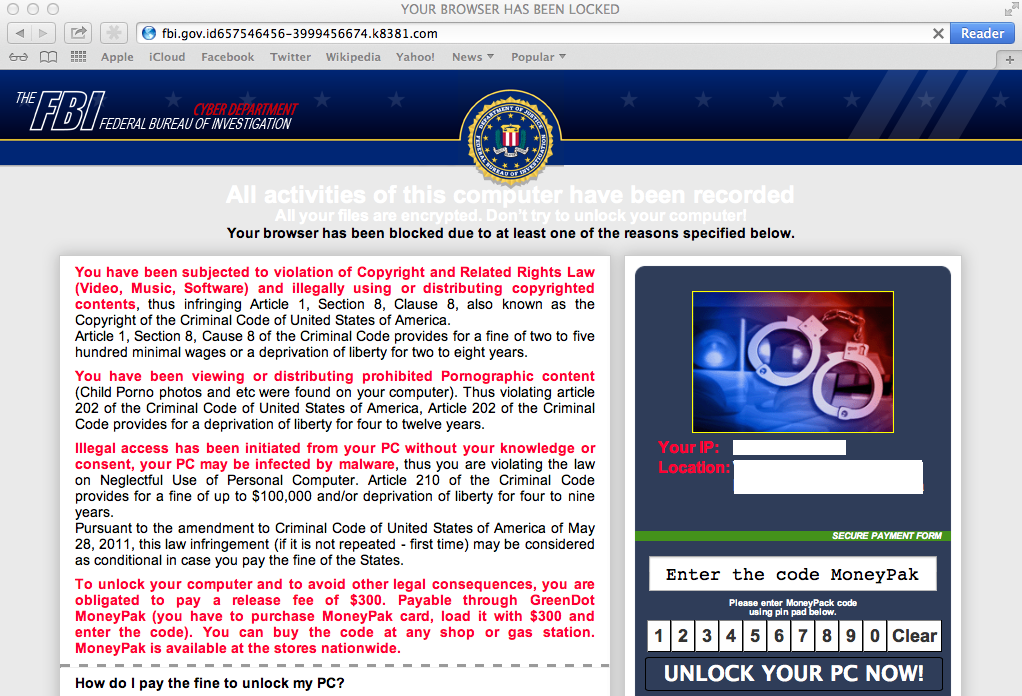Microsoft’s Threat Intelligence Center (MSTIC) has posted about malware that can allow threat actors to evade security tools and have remote access to Windows systems. To learn more about Tarrask and other threat data, you can sign up for Microsoft’s MSTIC blog found HERE.
The Hacker News posted about this. That post can be found HERE. Here is that post
The Chinese-backed Hafnium hacking group has been linked to a piece of a new malware that’s used to maintain persistence on compromised Windows environments.
The threat actor is said to have targeted entities in the telecommunication, internet service provider and data services sectors from August 2021 to February 2022, expanding from the initial victimology patterns observed during its attacks exploiting the then zero-day flaws in Microsoft Exchange Servers in March 2021.
Microsoft Threat Intelligence Center (MSTIC), which dubbed the defense evasion malware “Tarrask,” characterized it as a tool that creates “hidden” scheduled tasks on the system. “Scheduled task abuse is a very common method of persistence and defense evasion — and an enticing one, at that,” the researchers said.
Hafnium, while most notable for Exchange Server attacks, has since leveraged unpatched zero-day vulnerabilities as initial vectors to drop web shells and other malware, including Tarrask, which creates new registry keys within two paths Tree and Tasks upon the creation of new scheduled tasks –
- HKEY_LOCAL_MACHINE\SOFTWARE\Microsoft\Windows NT\CurrentVersion\Schedule\TaskCache\Tree\TASK_NAME
- HKEY_LOCAL_MACHINE\SOFTWARE\Microsoft\Windows NT\CurrentVersion\Schedule\TaskCache\Tasks\{GUID}
“In this scenario, the threat actor created a scheduled task named ‘WinUpdate’ via HackTool:Win64/Tarrask in order to re-establish any dropped connections to their command-and-control (C&C) infrastructure,” the researchers said.

“This resulted in the creation of the registry keys and values described in the earlier section, however, the threat actor deleted the [Security Descriptor] value within the Tree registry path.” A security descriptor (aka SD) defines access controls for running the scheduled task.
But by erasing the SD value from the aforementioned Tree registry path, it effectively leads to the task hidden from the Windows Task Scheduler or the schtasks command-line utility, unless manually examined by navigating to the paths in the Registry Editor.
“The attacks […] signify how the threat actor Hafnium displays a unique understanding of the Windows subsystem and uses this expertise to mask activities on targeted endpoints to maintain persistence on affected systems and hide in plain sight,” the researchers said.


